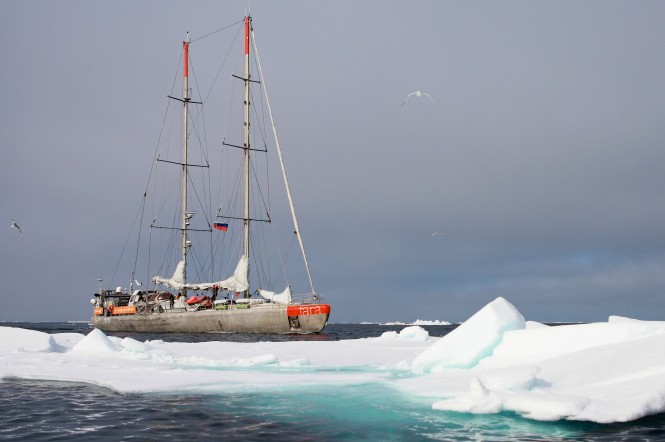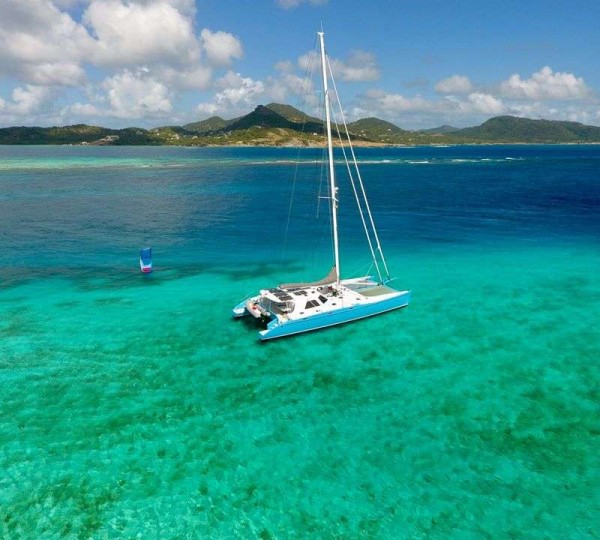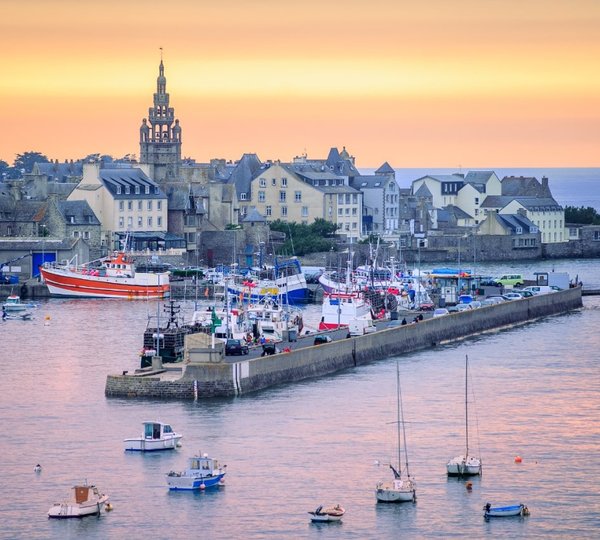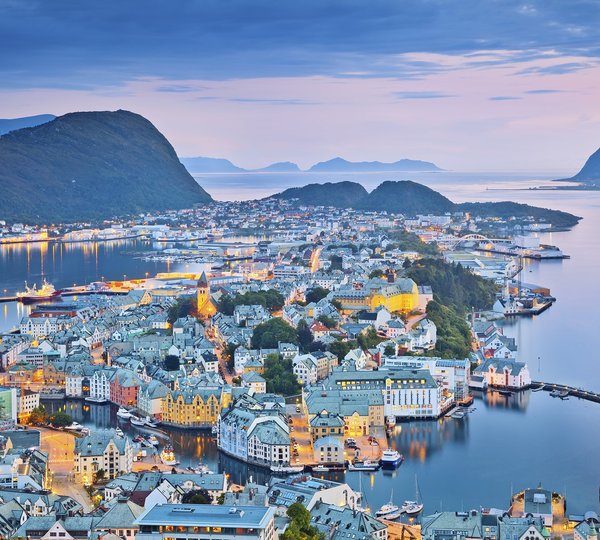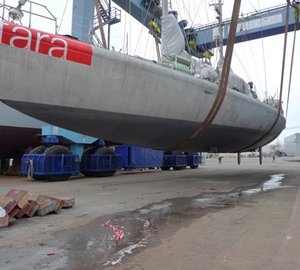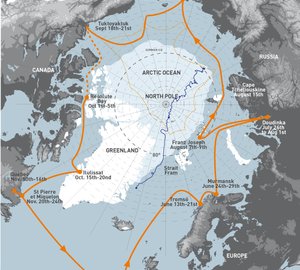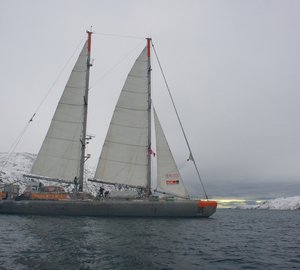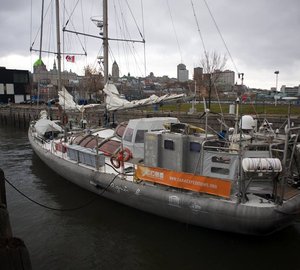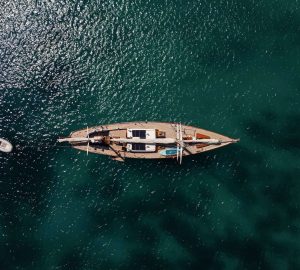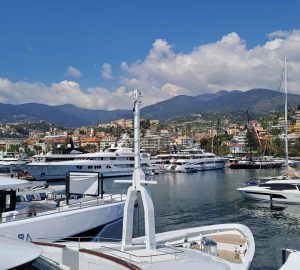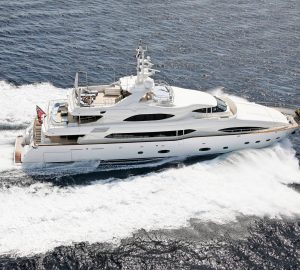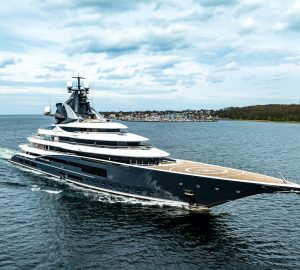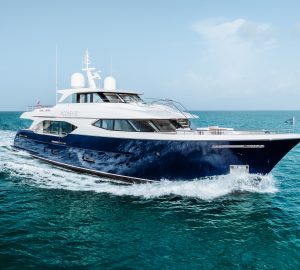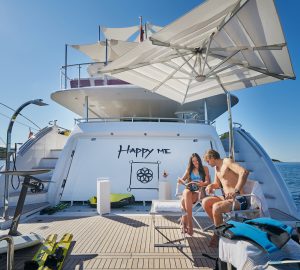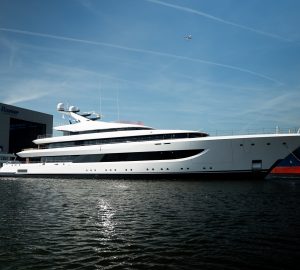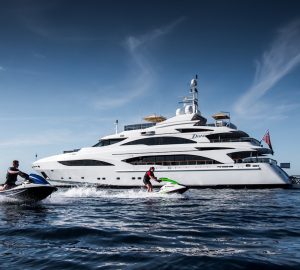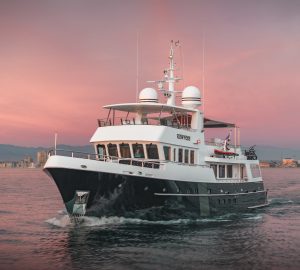Pursuing scientific as well as educational objectives, sailing yacht Tara is presently undertaking a 7-month, 25,000 km voyage across the Arctic via the Northeast and Northwest passages. Tara yacht and her crew entered the heart of the Arctic this week. Scientific sampling is now well underway at the edge of the ice pack. Daylight is constant, temperatures are negative, and polar animals have made their appearance.
Since departure from Lorient on May 19, the first part of the expedition has been very successful, with all sampling systems working smoothly, including the devices added since the last Tara Oceans expedition.
After leaving Brittany, Tara yacht zigzagged voluntarily in the Atlantic Ocean, making short stopovers in Tromsø (Norway) and Murmansk (Russia). These past 2 months the weather has been incredibly mild. The team even had 30°C in Murmansk! These conditions have enabled us to accomplish about 20 short and long sampling stations of high quality.
Since the last stopover in Murmansk at the end of June, expedition yacht Tara has sailed straight northeast. In 24 hours of navigation, the team of 14 sailors and scientists currently on board went from Atlantic waters to polar waters, and therefore from summer to winter!
Earlier this week, the first scientific station at the edge of the ice pack took place for more than 24 hours. The crew collected extremely abundant plankton in the midst of an ice field. On this occasion a polar bear and a seal made their appearance! The content of the marine ecosystem is very different from one scientific station to another, which makes the work particularly interesting.
But at the poles, nothing is ever predictable. The rest of the sampling will depend on the weather, and the melting of the ice. “’The real work has begun!” says Etienne Bourgois, President of Tara Expeditions. The next major step in the expedition will happen when Tara passes Cheliuskin Cape (Russia). This is the place the farthest north on the Eurasian continent – most often blocked by ice in the Northeast Passage.
“In any case, the scientific sampling we are doing, and we will continue to do in this part of the world, is truly innovative and will contribute to the knowledge of this ocean at a crucial time! The Arctic is a direct indicator of climate change on our planet,” says Etienne Bourgois.
The position of the boat and ice from day to day can be followed on Google Earth.
The Expedition
The main objective of Tara Oceans Polar Circle is to better understand the Arctic ecosystem, starting with little-known plankton species, and trying to decipher their interactions with the environment.

